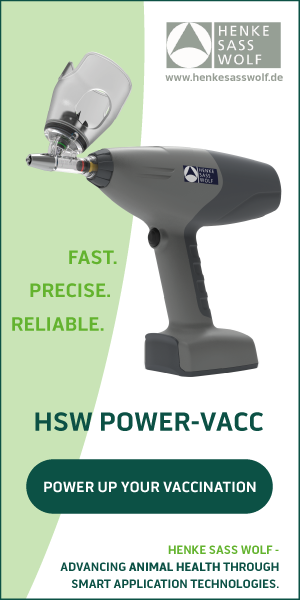FAO has been recently approved two projects to strengthen community-fisheries in Tonga and Samoa
The aim of the projects is to strengthen the technical capacity for both countries to improve and streamline their community-based fisheries management programmes.
These programmes play an integral role in ensuring the effective management of coastal fisheries resources, which is a primary source of living for the majority of coastal fishing communities in both countries.
The development of these new projects was broadly based on the results of reviews of community-based fisheries management programmes conducted by FAO last year. The main outcome of the reviews identified key recommendations on how to improve their respective programmes.
In Tonga, the programme is called Special Management Areas (SMAs) and will largely focus on streamlining and improving processes to develop new SMAs, deploy and maintain SMA markers, monitor SMAs’ performances. The programme will also focuses on monitoring, control and surveillance (MCS), data and information flows and raising awareness.
In Samoa, community-based fisheries management programme (CBFMP) will mainly aim to streamline programme development, monitoring, data and information flows and awareness activities.
Both projects will produce new, updated manuals for their respective programmes to effectively streamline their processes. These materials will be a good resource for national fisheries agencies, given the growing number of fishing communities in Tonga and Samoa under their programmes.
The projects were developed closely with respective national fisheries agencies in Tonga and Samoa as major stakeholders of the programmes. Project documents were officially signed off by FAO and respective governments in December 2017 (Tonga) and January 2018 (Samoa) and are now ready in full swing for full implementation over the next two years.





